What IS the Deep Litter Method? (aka: Built-Up Litter System) Deep litter is a method of chicken waste management that requires manure and waste to be composted in the coop rather than regularly cleaned and replaced. In the deep litter method, a carbon-based litter, such as pine shavings, absorbs nitrogen from chicken feces, which ferments in an odorless process to produce a rich, valuable humus, just like in a traditional compost pile.
While I personally can't get waste to build up in my chickens, I don't doubt the usefulness of the deep litter method when implemented.correct. Personally I prefersand as a garden bedchoice andstool planksprocessing manure. Deep litter can be a time saver for chicken keepers using traditional types of litter, but it can also pose a health hazard to the flock if applied incorrectly. If you choose to use the accumulated waste method, it must be understood and handled properly.

Something about composting
The deep litter method of waste management is not much different from regular garden composting, except that it takes place in the chicken coop and the chickens help control the process.
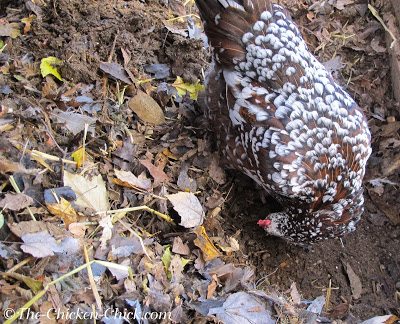
Under ideal conditions, composting occurs in three phases: a moderate temperature phase that lasts a few days, a high temperature phase that can last from a few days to several months, and a cooling and ripening phase of several months. The different phases are controlled by different communities of microorganisms (bacteria, actinomycetes, fungi, protozoa, etc.) and macroorganisms (flies, ants, beetles, etc.).1 To ensure that the different organisms produce organic matter can efficiently convert into valuable garden fertilizer, they must be properly fed, provided with oxygen and water.2
My chickens regularly turn the compost heap. The top left of the photo shows the droppings and leaves removed from the garden this week, the bottom right of this photo shows seasoned waste and droppings after a few months.
Deep bedding requirements
1. A carbon-based waste material (wood shavings, leaves, grass clippings, etc.) and feces, of course, which are nitrogen-based.
2. Oxygen. Good aeration of the litter is essential. The chickens will ensure that much of the litter is turned over, but this should be supervised and areas that have been missed or caked on should be turned over. The less time the chickens spend in the coop, the more work the coop has to do.
3. Correct ventilation of the stable. Cross ventilation and open overhangs are ideal. Make sure there are no drafts, especially in chickens. Excess moisture and ammonia gases must be able to escape.
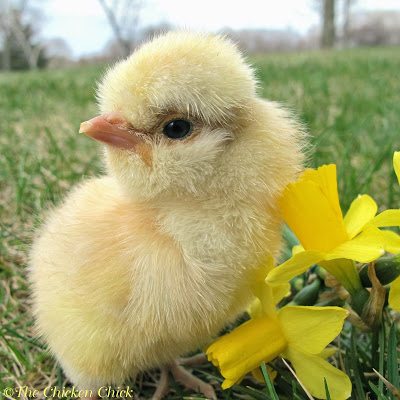
4. Correct fluid balance. Moisture is essential to the process. Droplets are 85% water, making the waste too dry rather than too wet. Wet litter is a recipe for sick chickens. Stir in any spilled drinking water and add cat litter if necessary to prevent mats.
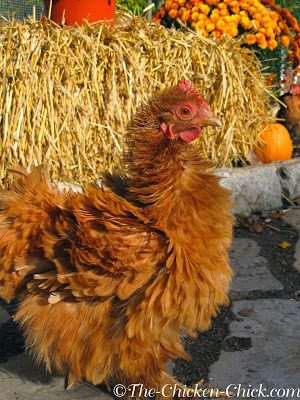
IT DOES
DOINGstart building up litter in the spring. It takes months for deep soil cover to be properly incorporated. It should enter its warmest decomposition phase in the fall, when the heat it generates is a welcome addition.
DOING start with 4-6 inch pine shavings. Other wastes can be addedalreadythe composting process is already well underway, but do not start the process with straw, hay, grass, etc. The smaller the pieces of waste, the faster they break down. Fine chips break down faster than, for example, flake shavings.
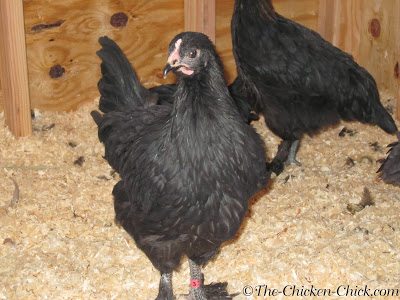
DOINGmaintain a litter depth of 4-6 inches. As it decomposes and retreats into depth, you add more waste material. It is usually necessary to build a lip at the entrances to the yard so that waste does not flow out.
DOINGvent, vent, vent. This process requires oxygen to work, and although the chicks will do most of the turning, attention should be paid to neglected areas, especially wet areas such as those around watering holes. If parts of the litter take on an ashen, whitish appearance, the litter should be turned as it is losing oxygen. Be sure to loosen any caked-on parts that the chickens haven't turned over.
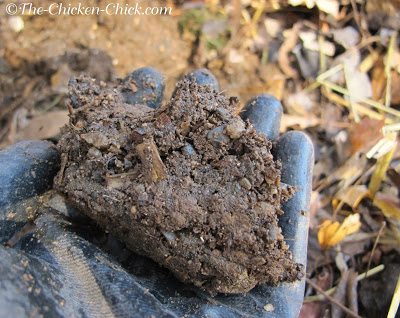
DOINGcheck the moisture content. The bedding must be equally moist throughout and have the same consistency. The litter should crumble when stirring. When picked up and squeezed in the hand, it should first hold its shape and then crumble. If it holds together without crumbling, or if water can be squeezed out, the litter is too wet. If it doesn't hold its shape for a while, it's too dry. Stir in any liquid from walkers. Better yet: don't leave the water in the garden.
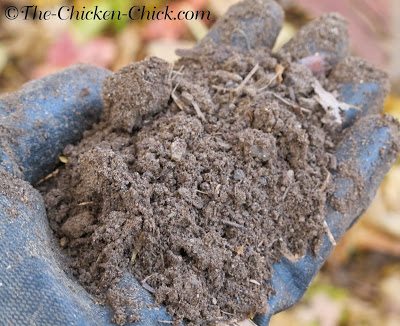
DOINGremove some of the waste when it is 12 inches deep, leaving a few inches on the floor or yard to start the next batch.
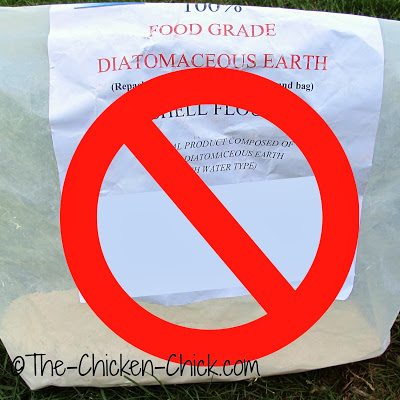
IT DOES NOT
DO NOTusediatoméjordin a house while using the deep soil method. DE is a desiccant: it dries out the waste and kills beneficial insects and microorganisms necessary for composting.
DO NOTuse straw or hay as the first waste material. Neither is absorbent and both can transmit mold and mildew, which are harmful to the chicken's respiratory tract. Allow the wood chips and manure to establish the microorganisms and heat needed to kill mold and fungusForaddition of chopped straw or hay.
The growth of fungi on this straw is the result of anaerobic activity, an enemy of the deep litter system. It is necessary to turn the cat litter regularly and maintain the proper moisture content to avoid these hazards in the cage.

DO NOTensure that any ammonia odor builds up or remains in the home. Ammonia is an indicator that the method is not working correctly. Buildup of ammonia can cause eye and respiratory irritation in birds and reduce their resistance to disease. Ammonia can also negatively affect the growth of young birds and egg production of laying hens. Check the stable ventilation and waste moisture levels and add more of each if necessary.
DO NOTlet the bedding get wet and stay wet. Wet waste facilitates the growth of mold,coccidiosisand harmful bacteria that can make the chickens sick. Wet litter can also lead tohop footdevelop on the soles of chickens' feet. If possible, keep water containers out of the garden.
DO NOTclear the waste from the garden regularly, as removal defeats the purpose of this method, prevents beneficial organisms from growing, reaches the composting stage at high temperatures and becomes self-disinfecting.
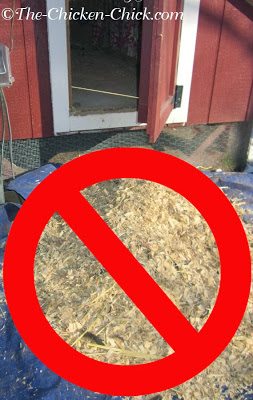
DO NOToverfill the garden and expect the deep ground cover to work. The ratio of litter to litter must be carefully balanced and too many chickens will result in too much droppings for the method to work properly. The minimum space required per bird in the garden is four square meters.
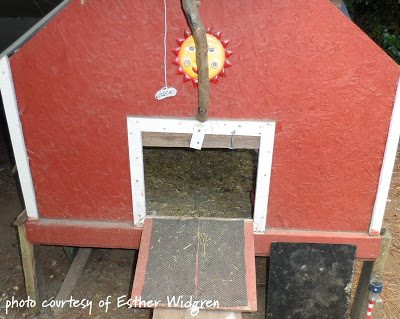
DO NOTto deletebeeof the nest at the end of winter/beginning of spring. Leave a few inches of the composted litter in the garden and throw the rest in the garden. The composted litter in the garden will kick-start the next batch. Cleaning up all the waste eliminates all the beneficial microbes and the desired ecosystem that took months to cultivate. Why waste it? I like to think of the mature, grafted litter as the “mother,” just as we use a motherproduction of apple cider vinegar. The mother is a symbiotic culture of bacteria and other microbes, which speeds up the production of the next batch and is worth its weight in gold.
DO NOTcontinue the use of deep litter after the disease has been identified in the herd. Clean up the trash, disinfect the house and start over with fresh pine shavings after the health problem is resolved.
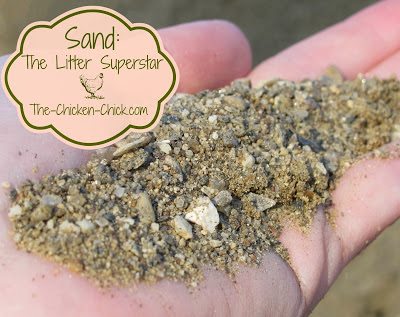
The Dangers of Deep Waste
When it's under controlwrong, deep ground cover produces toxic ammonia gases and harbors parasites such asCapillary wormsand harmful bacteria that endanger the health of the herd. Deep litter that is too dry will be dusty and may contain airborne spores that are harmful to chickens' respiratory health. If you don't think you can manage the deep soil system properly, it is safer to use onealternating chicken coopprogramming and carrying out composting off-farm.
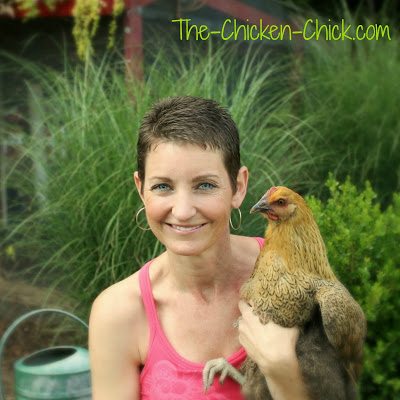
Sources and further reading:
1.http://compost.css.cornell.edu/microorg.html
2.http://web.extension.illinois.edu/homecompost/science.cfm
http://www.agrowingculture.org/2011/08/humanure-part-iii-thermophillic-bacteria-composting-stages-the-sanitization-of-compost-joe-jenkins/
http://cru.cahe.wsu.edu/CEPublications/eb1784e/eb1784e.pdf
http://rodaleinstitute.org/2012/turning-compost-by-temperature/
http://extension.unh.edu/resources/files/resource000811_rep844.pdf
Storey's Guide to Raising Chickens, Damerow, Gail. Verdieping Publishing, 1995.
